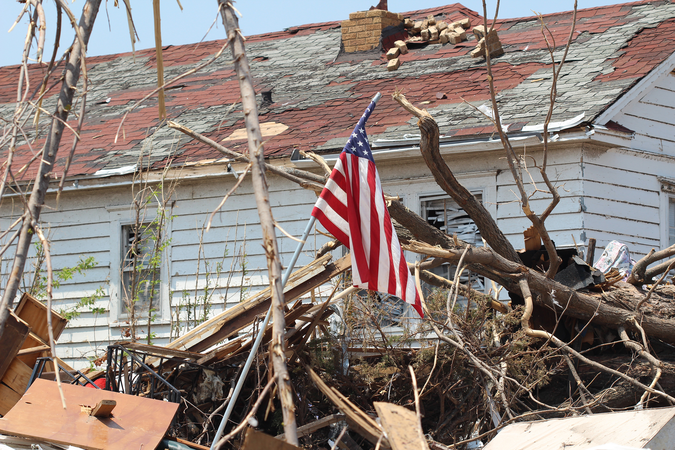The Value of Climate Amenities: Evidence from US Migration Decisions
Earnings, housing, and other location-specific amenities are among the factors that influence a household’s decision to settle in a given area. Climate, too, plays a role, and as average temperatures rise, the amenity value of climate—what people are willing to pay to experience warmer winters or to avoid hotter summers—has become an important consideration for crafting greenhouse gas mitigation policies and understanding estimates of the costs of damages associated with climate change.
In a new RFF discussion paper, “The Value of Climate Amenities: Evidence from US Migration Decisions,” Paramita Sinha, of RTI International, and co-author RFF Senior Fellow Maureen Cropper value climate amenities, estimating the willingness to pay (WTP) of recently moved households to avoid cold winter temperatures and hot summer temperatures. They find that people are willing to pay more to decrease summer temperatures by 1°F than to increase winter temperatures by the same factor. At temperatures below 25°F, however, they find the reverse to be true.
Cropper and Sinha use these estimates to value changes in mean summer and winter temperature over the period 2020 to 2050 for 26 US cities. Under a “climate-friendly” projection based on an Intergovernmental Panel on Climate Change (IPCC) report on emissions scenarios, both summer and winter temperatures will increase, on average, by 3.3°F. Averaged across all cities, what people are willing to pay to avoid this increase in temperature is about 2.7 percent of income, according to the authors. Under the IPCC’s more extreme scenario, households in 25 of 26 cities suffer an average income loss of about 5 percent, assuming they do not move in response to changes in temperature.
The economic impact of climate amenities cannot be overlooked, conclude the authors: “Estimates for the United States of market-based damages associated with climate change have typically been in the range of 1 percent of gross domestic product for an increase in mean temperature of 2°C [according to the National Research Council]. Our results suggest that the amenity value of climate could significantly increase estimates of climate damages, even for moderate temperature increases.”





